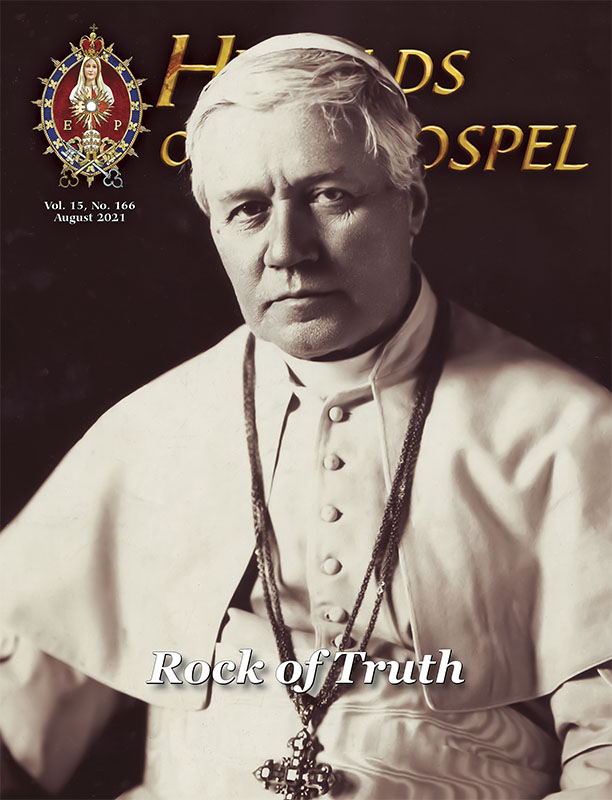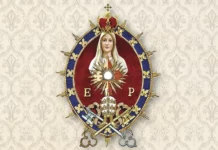The Divine Master used an excellent method of teaching. He attracted the multitudes through actions and words, He unmasked the errors of the Pharisees with wisdom, and He evangelized through parables, always replete with examples taken from daily life.
A recurring symbolism in the Gospels is that of the stone or rock, evoking the solidity with which, for example, the foundations of a house should be laid, on pain of ruining the whole construction (cf. Mt 7:24-27). Christ also uses this metaphor to illustrate the mission of the first Pontiff: “Thou art Peter; and upon this rock I will build my Church, and the gates of hell shall not prevail against it” (Mt 16:18). As Pope St. Gregory the Great explains in a letter to Bishop Eulogius, this passage indicates that the Church was established on the foundation of the Prince of the Apostles, whose name “Peter” means “rock”, in analogy to the firmness of soul which should distinguish him.
It should also be noted that, in establishing the Petrine ministry, Jesus uses the expression “my” Church, precisely to point out that it is founded on the “cornerstone” (Acts 4:11; Eph 2:20), that is, Christ himself. Peter and his successors could not, therefore, arrogate to themselves the right to do with the Church what they please, as if it were “theirs”. For this reason, they would be urged to base their conduct on the life and teachings of the Redeemer; otherwise they would receive the Lord’s rebuke: “Get behind Me, Satan! You are a stumbling block to Me; for you are setting your mind not on divine things but on human things” (Mt 16:23).
It is clear, moreover, that the Church’s entire strength emanates from her bond with the divine, as opposed to the profane and unfaithful. Thus, the first words of Peter and the Apostles addressed to Judaism were a cry of rupture with the secularist and outmoded mentality of the Sanhedrin: “We must obey God rather than men” (Acts 5:29). Peter even predicted in his second letter that false teachers would appear, with pernicious heresies, dissolute doctrines and spurious speeches, to undermine orthodoxy (cf. 2 Pt 2:1-3).
The Petrine mission is configured in opposition to this: to be the rock of truth in the midst of the many stumbling blocks that seek to shake the Church. In fact, the hammer of autocratic regimes, the waves of vain philosophy and the glitter of false doctrines have sought over the centuries to mar and disfigure this unshakable rock. Nevertheless, it is known that the most effective method employed by the sons of darkness against the edifice of the Church is the attack on its foundations, especially when it strikes at the first principles of intelligence and morals, preventing man from rightly discerning truth and error, good and evil.
For this reason, the princes of the Church, as the peaks of this sacred rock, must be special custodians of “sound doctrine” (1 Tm 1:10), “examples to the flock” (1 Pt 5:3), first of all by managing their own house (cf. 1 Tm 3:4-5); otherwise, as stumbling blocks, they will bring great ruin (cf. Mt 7:27) to themselves and countless souls. ◊




